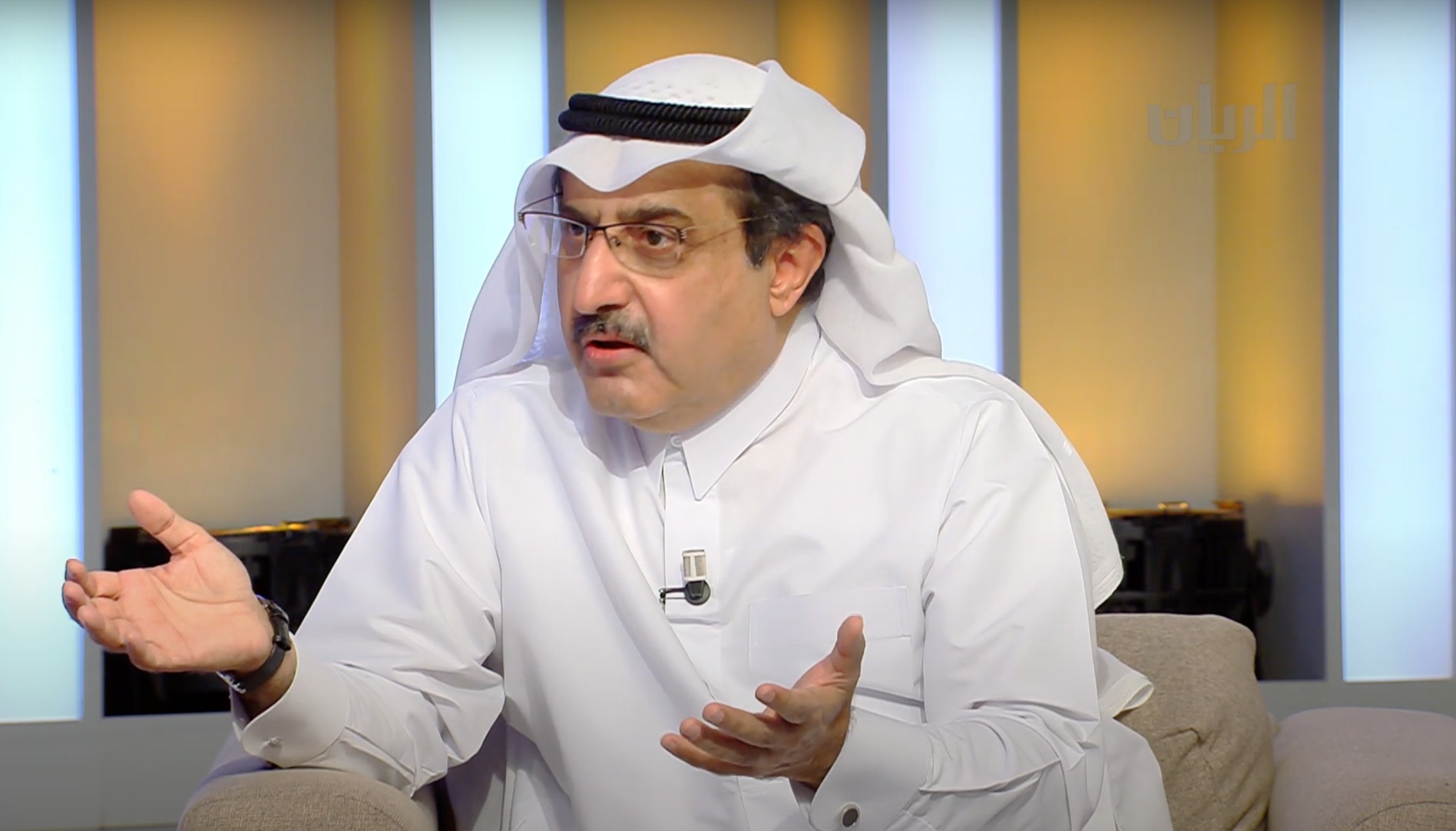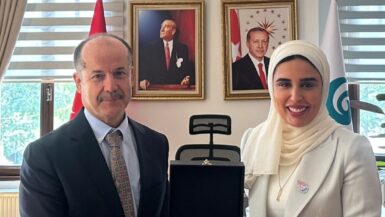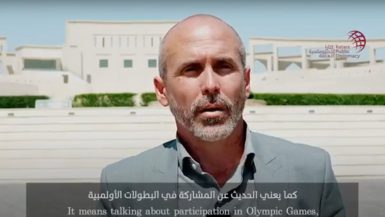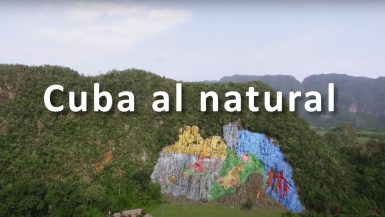
Over the years, Qatar has come to personify the modern state that thrives on bringing peoples and nations together for peace and development. It is not just a statement of good intent but something that Qataris imbibe as a guiding principle of life, and a pillar of its foreign policy. This is why Doha is a primary choice to bring parties to a conflict for dialogue whatever the basis that sets those parties apart.
But even more than being a global mediator of choice, Qatar prides itself on embracing the path of human accomplishment to unite peoples and countries across regions. Few countries in the world celebrate human endeavour in the arena of arts, culture, cinema, literature and sports with such zest and consistency as Qatar. This calibrated investment in human capital has created the necessary environment and platform to cultivate greater understanding of the huge diversity that is the hallmark of the human race.
Katara’s Cultural Village, for instance, embodies this principle with a missionary zeal. As the country’s largest and preeminent cultural hub — housing an array of theatres, concert halls, exhibition galleries and other state-of-the-art facilities, it is primed for local, regional and international performances, workshops, exhibitions and festivals. But above all, it blends and preserves Qatar’s rich culture and heritage.
Envisioned by The Father Emir, High Highness Sheikh Hamad bin Khalifa Al Thani, the Cultural Village Foundation is the breeding ground of human interaction through art and culture. As its mission statement says, “In an ever-evolving digitalised global world, our goal is to provide a platform for people of the world to come together and share the wealth of their vibrant cultures, to embrace differences that make our world unique and to discover similarities that unite people regardless of their origin”.
Qatar’s cultural moorings do not stop with Katara. Qatar Museums, helmed by Her Excellency Sheikha Al Mayassa bint Hamad bin Khalifa Al Thani, is in the vanguard of global communion and celebrating diversity. While patronizing ‘local first’ talent, it nevertheless hosts international art and artistes, as well as preserves artifacts of tremendous historic value with abiding love.
Since 2012, it has regularly run a cultural exchange programme that brings together countries to Qatar and takes Qatar to the world. It has dedicated ‘Year of Culture’ with Japan, UK, Brazil, Turkey, China, Germany, Russia and India on this journey so far.
The space for cultural milieu was heightened earlier this year with the inauguration of the magnificent National Museum of Qatar in Doha. Designed by French architect Jean Nouvel and spread over 1.5 kilometre, the sprawling structure hosted the who’s who of the art and entertainment world as well as other renowned achievers in a spectacular ceremony, drawing rave reviews across the globe.
The pieces at National Museum are a breathtaking reflection — and amalgam — of Qatar’s past and present. Designed in three chapters — Beginnings, Life in Qatar and The Modern History of Qatar, each theme is on display across 11 individual galleries. It also does justice to the maritime history of Qatar with its hand-built wooden dhows that famously enabled the collection and trading of pearls in times past. An astonishing 1.5 million hand crafted Gulf pearls can be seen on the Pearl Carpet of Baroda alone!
The forts of Qatar also offer a poignant peep into the past and, of these, the 18-19th century Al Zubarah Fort, to borrow UNESCO’s description of the World Heritage site, “bears a unique testimony to the human interaction with both the sea and the harsh desert environment of the region”.
Of the many modern structures, the newly constructed Qatar National Library takes the cake for its remarkable collection of books and data — whose sheer volume — will tire the average Joe. Designed by Dutch architect Rem Koolhaas, the state-of-the-art structure is a model 21st century library with an embedded Heritage Library that traces the progress of the Arabic and Islamic worlds.
I had the opportunity recently to visit Washington, D.C., for a
face-to-face meeting with members of major think tanks on par with the
Brookings Institute. During our discussion, it quickly became clear that
the concept of public diplomacy was still relatively unfamiliar even
to these top researchers. It seems that the term has not yet been
popularized in the United States despite the fact that it was originally
created there. As an organizer of the 2019 Public Diplomacy Week (held
this past October at Dongdaemun Design Plaza), we at the Korea
Foundation thought it would be appropriate to try and help our citizens
more clearly understand what exactly public diplomacy is and how it is
accomplished.
The Korean government
first demonstrated its commitment to what we now call public diplomacy
through a law enacted in February 2016. This involved the creation of a
new position (Ambassador of Public Diplomacy), the establishment of the
foreign affairs ministry’s Public Diplomacy Division, and the
appointment of the Korea Foundation as Korea’s only officially
designated public diplomacy agency. According to this law, public
diplomacy covers any diplomatic activities that increase foreign
citizens’ understanding of and trust in Korea. This includes cultural,
intellectual and policy-based efforts made by the national government,
either on its own or working together with local governments or private
actors. What this means is that the state ― in the form of diplomats,
politicians and other civil servants ― is not the only entity that can
practice public diplomacy. Local governments and private actors can and
do also actively participate. In fact, in certain cases, private actors
can take the lead in public diplomacy efforts, with state or local
government in a supporting role.
The
overall goal of public diplomacy is, of course, to effectively
communicate to our major partner countries what kind of place Korea is
and what policies our current government is pursuing, as well as to
raise the international profile of Korea’s various charms. To use
another concept that has been gaining traction these days, this is a way
to emphasize Korea’s “soft power” on the international stage. The most
direct method of accomplishing this is to use the “soft resources” at
our disposal (our cultural, intellectual and policy-based tools) to
enhance public opinion of Korea in our partner countries and the
international community as a whole. We can therefore understand that the
“public” part of “public diplomacy” is not meant to be the opposite of
“private,” but is used instead as it is in phrases such as “general
public” or “public opinion.” Seen from this perspective, it becomes
easier to understand the difference between public diplomacy and the
official diplomacy most commonly practiced by diplomats and state
officials.
In other words, a range of
actions taken by the government, the people or a combination of these
two groups, designed to boost positive public sentiment toward our
country in major partner countries and in the international community:
this is the definition of public diplomacy.
In
many ways, the Korea Foundation’s Public Diplomacy Week can be
understood as a package deal showcasing a wide variety of possible
public diplomacy activities. While this event was organized by the Korea
Foundation, its participants included members of the National Assembly
and the foreign ministry, officials from various local governments,
representatives from foreign embassies based in Korea, scholars,
journalists, artists and regular citizens: a broad collection of the
public and the private. Over the course of the event, it was possible to
see the impressive international cultural impact of K-pop, as well as
of Korea’s many other cultural attractions: public diplomacy soft
resources and assets produced by Korean artists and scholars. Public
Diplomacy Week included separate sessions on a range of topics, not
limited to K-pop and BTS but including a session on the power of Korean
cuisine and another about public diplomacy via animal companions. The
success of these sessions demonstrated the many ways we can emphasize
Korea’s soft power over hard power, highlighting how effective these
public diplomacy techniques can be.
More
than in other diplomatic approaches, the techniques of public diplomacy
must change along with the changing times and changing environment.
When we consider this in light of the fact that the so-called Fourth
Industrial Revolution literally revolutionizes our ways of living, we
can see how events like Public Diplomacy Week are invaluable
opportunities to observe which kinds of public diplomacy are best suited
to keep pace.
Another major purpose of
this fall’s Public Diplomacy Week was to provide Korean citizens with
an opportunity to learn more about the cultures of other countries. To
achieve this goal, each foreign embassy based in Korea had a separately
installed booth dedicated to introducing their own culture, history and
policies. One way to understand this is to see it as an opportunity for
foreign embassies to carry out their own public diplomacy practices in
Korea. At the same time, providing this opportunity to our partner
nations serves as an act of Korean public diplomacy as well. This is
because actively seeking to improve our own understanding and goodwill
toward other countries reflects positively on Korea, building
understanding and goodwill toward us in return. Or perhaps more simply,
when two groups have clearly mutual goals of building understanding and
goodwill, communication is more effective. Indeed, unilateral public
diplomacy can even have the opposite effect, leaving a negative
impression. Emphasizing our active efforts to better understand and
accept the cultural offerings of partner nations gives us a chance to
put our best foot forward in the eyes of these nations and their
diplomatic representatives.
Today, as
issues of war and peace are increasingly delegated to a relatively small
number of specialized professional diplomats, we can consider the true
heart of diplomatic exchange to be wrapped up in this relatively new
concept of public diplomacy. After all, it is public diplomacy that has
been shown to effectively improve relations with our allies, building
positive sentiment toward our country abroad as the world grows more and
more into a “global village.” Indeed, there is little doubt that the
kind of public diplomacy we pursue at the Korea Foundation ― with the
help of diverse supporting actors ― will only become more relevant and
important as we all move forward into the future.




